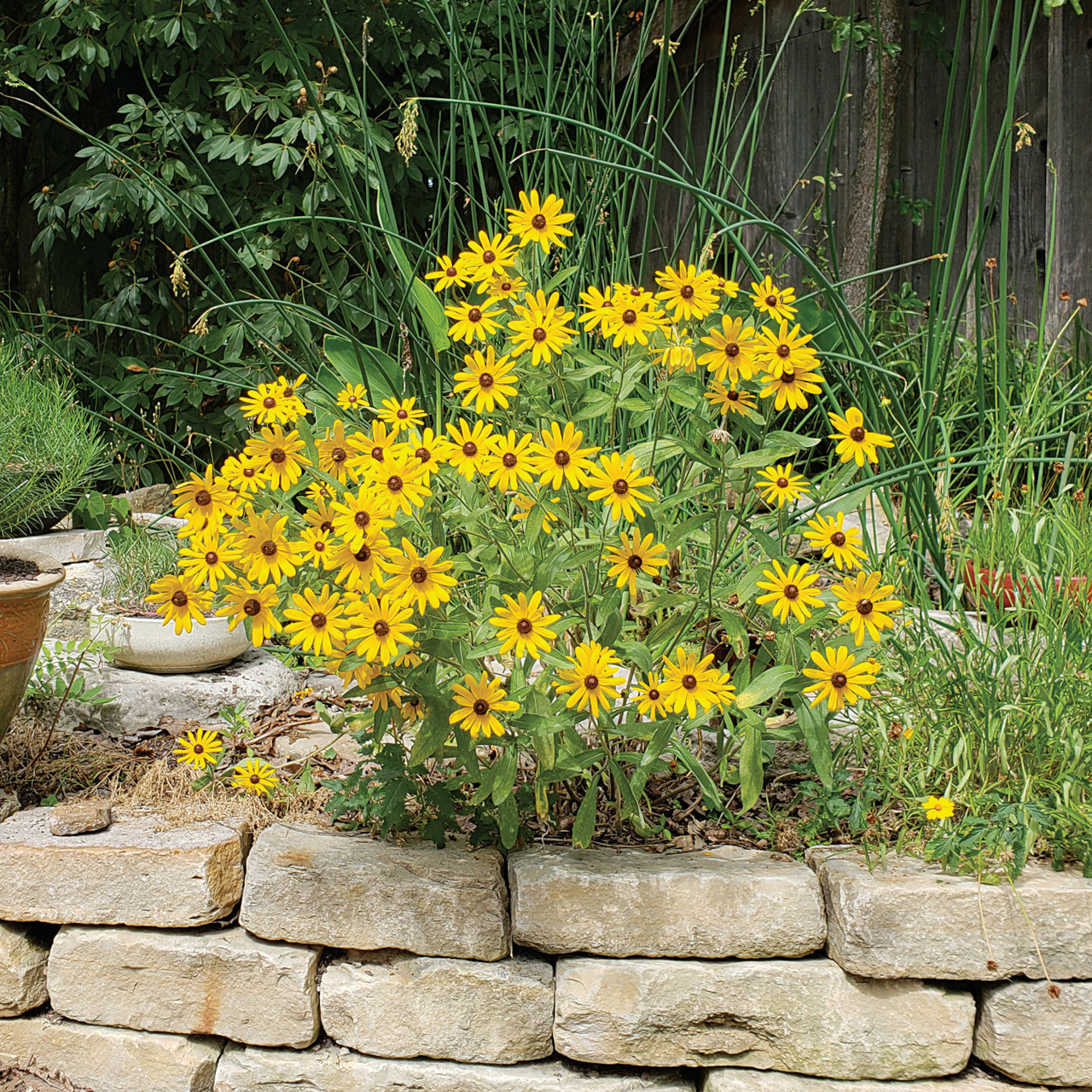Rudbeckia, a genus of flowering plants belonging to the Asteraceae family, has captured the hearts of gardeners and nature enthusiasts alike with its vibrant blooms and resilient nature. These North American natives, often referred to as black-eyed Susans or coneflowers, are a welcome addition to any garden, bringing a burst of color and life to the summer landscape.
A Tapestry of Diversity
The Rudbeckia genus boasts a diverse range of species, each with its unique characteristics and charm. Some of the most popular species include:
Rudbeckia hirta (Black-Eyed Susan)
This short-lived perennial, often treated as an annual, is perhaps the most recognizable Rudbeckia species. Its cheerful yellow petals surrounding a dark, cone-shaped center have made it a beloved garden favorite. Black-eyed Susans are relatively low-maintenance and thrive in full sun.
Rudbeckia fulgida (Orange Coneflower)

Native to the eastern United States, this perennial species features vibrant orange or golden-yellow petals and a prominent, dark brown cone. It is a popular choice for cottage gardens and naturalized areas.
Rudbeckia triloba (Brown-Eyed Susan)
This North American native is known for its distinctive brown center and bright yellow petals. It is a vigorous grower that can quickly spread and form dense clumps.
Rudbeckia grandiflora (Giant Coneflower)
As its name suggests, this species produces large, showy flowers with bright yellow petals and a prominent, dark cone. It is a tall, stately plant that makes a striking addition to the back of a border.
Cultivation and Care
Rudbeckia are relatively easy to grow and care for. They prefer full sun and well-drained soil. While they can tolerate a range of soil types, they thrive in rich, loamy soil.

Planting:
Watering:
Fertilizing:
Deadheading:

Winter Care:
Pests and Diseases
Rudbeckia are generally resistant to pests and diseases. However, they can be susceptible to powdery mildew in humid conditions. To prevent powdery mildew, ensure good air circulation around the plants and avoid overhead watering.
Landscape Uses
Rudbeckia are versatile plants that can be used in a variety of landscape settings. Some popular uses include:
Borders and Beds: Rudbeckia can be used to create stunning borders and beds, adding height, color, and texture to the garden.
A Symbol of Resilience and Beauty
:max_bytes(150000):strip_icc()/rudbeckia-varieties-1315800-05-15f14e17b07c4e038f9829eee2231f29.jpg)
Beyond their aesthetic appeal, Rudbeckia have cultural and symbolic significance. In Native American cultures, they were used for medicinal purposes and as a symbol of resilience and strength. The cheerful, sunny blooms of Rudbeckia can brighten even the dullest of days, reminding us to embrace life’s simple pleasures and find beauty in the everyday.
Whether you’re a seasoned gardener or a novice, Rudbeckia is a wonderful choice for adding color and vitality to your garden. With their easy care, stunning blooms, and resilience, they are sure to bring joy to your outdoor space for years to come.
Rudbeckia Plant

